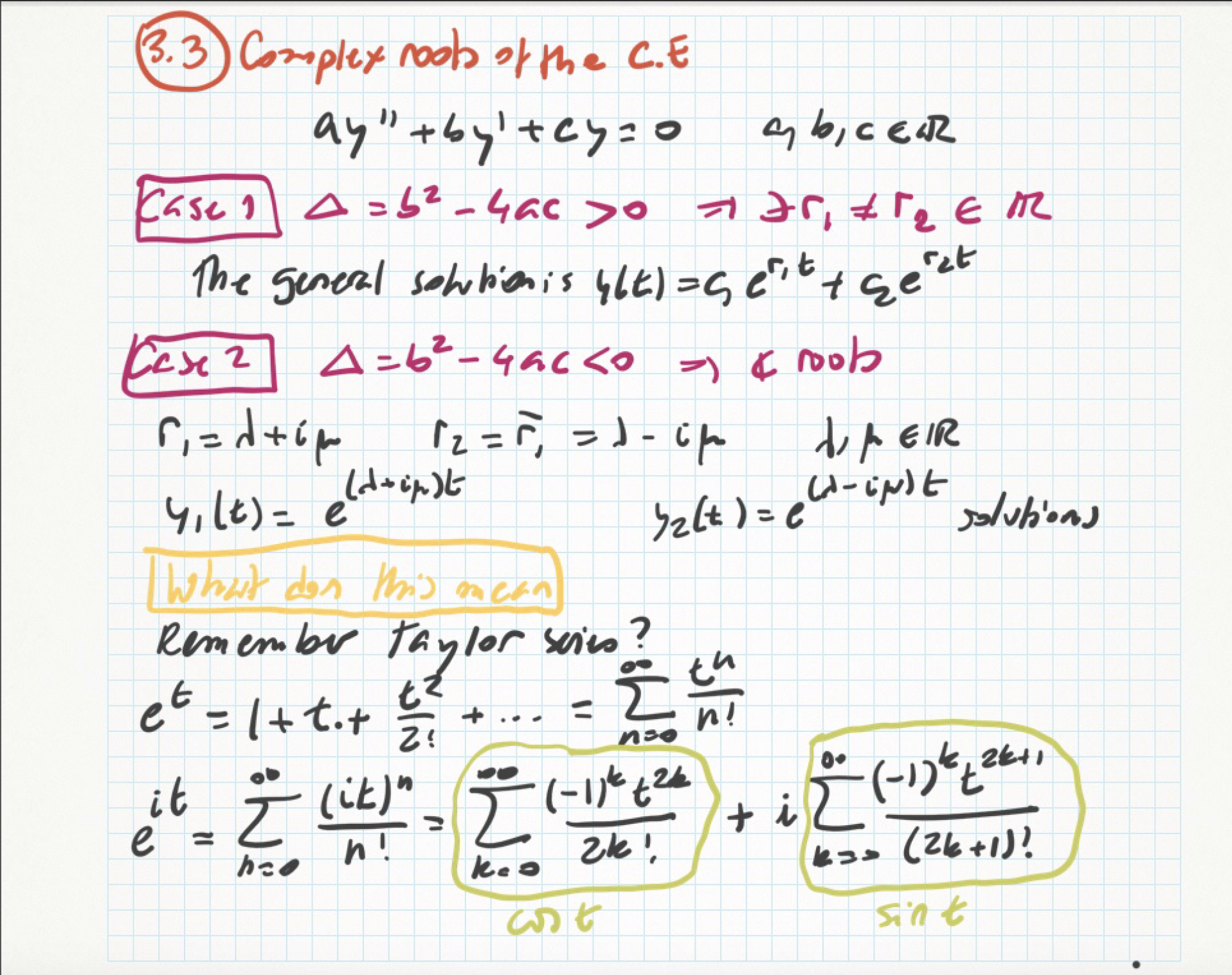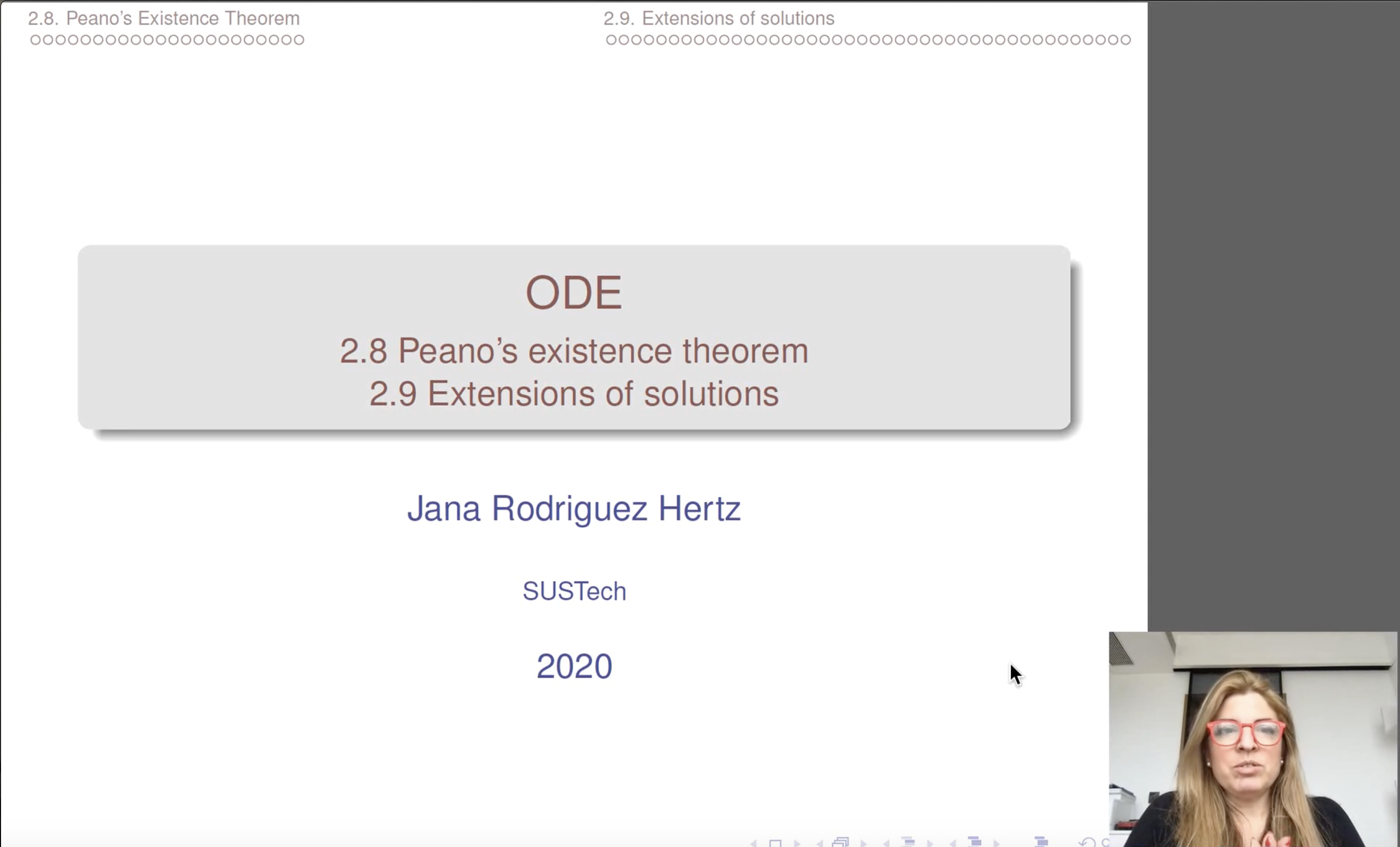As SUSTech adapts to the novel coronavirus (COVID-19) outbreak, the international community had to adjust to teaching and taking classes online. With our international faculty and teaching staff returning to SUSTech to undergo their 14 days of self-isolation or quarantine, while others remain in their home countries, we spoke to a few of them to see how they are dealing with teaching in this new educational paradigm.
Professor Jana Hertz (Mathematics) returned to South America to visit family before returning to Shenzhen in late February. After completing her 14 days of self-isolation, she returned to campus to continue her classes. Professor Hertz provided an insight into her teaching methodology online, her relationship with her students, and how she has managed her duties during this challenging period.

Professor Hertz is a professor of mathematics. She graduated from Universidad Nacional de Rosario, or the National University of Rosario in Argentina, where she was born, before moving to Uruguay to complete her Ph.D. Prof. Hertz completed her Ph.D. in 1999 at Universidad de la Republica, also known as the University of the Republic, in Uruguay. She continued to work there, moving through the ranks from Assistant Professor to Professor. In 2016, Prof. Hertz decided to take a chance and moved to Shenzhen to take up a tenured position here at SUSTech.

Prof. Hertz quickly adjusted to the online teaching paradigm with her first week of classes taking place from South America. She was 11 hours behind Shenzhen, so she decided to record her classes and publish them online for students. Prof. Hertz experimented with a wide range of programs to film her classes, including Debut Video Capture, and Screen Recording, which operates similarly to Khan Academy. She would prepare her lecture slides in advance and record her voice later on. When writing on the screen, Prof. Hertz would use different colors to separate theorems from examples and definitions from proofs. Her use of color was one method to keep students engaged in her classes, a key challenge for all instructors.
Prof. Hertz’ primary research focus is dynamical systems, and her small area is partially hyperbolic dynamics. She explains dynamical systems as trying to model physical phenomena like climate. The main focus is on chaotic systems that are difficult to predict and trying to quantify what is going on.
For many students, mathematics is an ephemeral concept, particularly at higher levels. Keeping students engaged in her classes is vital, and relating the subject matter to current issues is an excellent way to keep them interested. In one of her classes, she used the current COVID-19 outbreak to explain how to model the epidemic using ordinary differential equations. Prof. Hertz pointed out that exponential growth only appears early on in these models, as there is only a finite or limited number of people that could be infected by COVID-19.
She opted to keep recording her classes in advance once she returned to Shenzhen and to SUSTech to maintain her professionalism. She lives with her family in Shenzhen and given that it is such a busy city, the noise could distract both her and her students. It also allowed her to break up the lectures into smaller, more manageable chunks for the students.

It is not the first time Prof. Hertz has recorded classes. When she taught at the University of the Republic, her live classes would be recorded and rebroadcast for students to review in the future. Three of her courses were recorded throughout her teaching career in Uruguay, so it is not an unusual experience. However, Prof. Hertz believes being recorded live is very different from prerecording the class, as it requires concentration on what is being taught.
This sort of care and commitment from Professor Hertz is a reflection of how she has taken her role as an educator at SUSTech. She has sought to keep her students as engaged as possible, following their participation through the Blackboard teaching platform of SUSTech. She has also kept in contact with her tutees throughout the novel coronavirus (COVID-19) epidemic, ensuring that they are keeping up with their studies and looking after themselves.
Prof. Hertz has tried to remain relaxed during her recording sessions but has also remained conscious of the risk of making mistakes during her recordings. She has mostly enjoyed the experience, although she has missed the interactive experience of teaching face-to-face with her students. Students have not asked as many questions as they usually would in a classroom, so the more engaged students would send questions by email. Prof. Hertz hopes that more students would get in contact with her.
[Tips for online teaching]
She believes that one way that students may feel more confident to provide feedback or make suggestions is if there was an anonymous submission option. Students may be reluctant to stand out from the crowd, so students may prefer to submit questions or feedback anonymously. It may drive significantly more feedback as a result.
She recently held a unique Zoom class with her students, which was more of a Q&A session, which allowed students to provide feedback on the classes and assessments thus far. Students provided a lot of valuable comments, as they felt more empowered to provide useful comments in private.
Proofread ByXia Yingying
Photo By